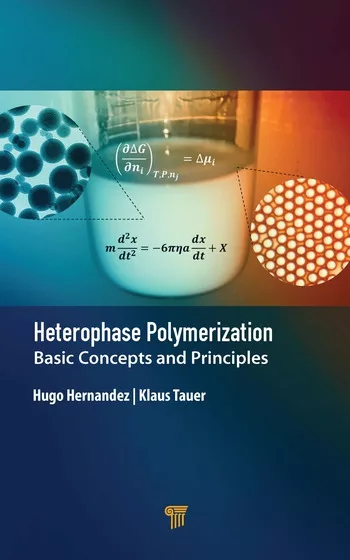Ask Dr. Dave
February 2002

Question
Now that we are in the middle of winter, is there anything special that we should be doing with our adhesives and sealants?Answer
Winter brings two major potential problem areas as far as adhesives and sealants are concerned, namely, low temperatures and low humidity. One of the critical things to do if you are using a water-based adhesive, such as an acrylic latex, is to ensure that you prevent it from freezing. You should check drums at the receiving dock to make sure the adhesive has not frozen during shipment - evidence of this is often in appearance, such as a "cottage-cheese"-like look. Also ensure that drums are not left on the receiving dock in very cold weather. Although many latex adhesives can be formulated to be freeze-thaw stable, the trend is away from this because the anti-freeze additives, such as ethylene glycol, are quite toxic.If you are using adhesives and sealants outdoors, you should check carefully with your supplier because, at low temperatures, products cure more slowly. In fact many will not cure at all in very extreme weather.
Most assembly and sealing operations carried out indoors will be in a controlled environment, but you can sometimes see winter-related problems. I frequently get calls from medical-device manufacturers who are using the "instant" cyanoacrylate adhesives and are finding that they are not instant anymore! The most common cause of this is low humidity because moisture on surfaces is the catalyst that initiates the cure of cyanoacrylates. The solution to this problem is to create a high-humidity environment, such as humidifying a fume-hood or small room. The cure rate of other products such as RTV silicones and one-component polyurethanes can also be affected by low humidity.
Question
We want to bond steel to foamed polystyrene and want to use a cost-effective adhesive that is safe to use. What do you recommend?Answer
It sounds like you are in the insulation business. Solvent-based contact cements, such as those based on chloroprene rubber, were traditionally used for this application, but many users are now reluctant to use them because of new emissions regulations, safety issues or disposal issues. Water-based adhesives can be used for this application but tend to cure-dry slowly because of the difficulty of evaporating the water. The modern way of bonding these materials is to use a reactive hot melt polyurethane. These adhesives are applied molten like a conventional hot melt but then cure by reaction with atmospheric moisture to form a crosslinked thermoset system. Most parts have sufficient strength after a few minutes to be handled. The adhesives can be formulated to have different open times and different rates of buildup of bond strength. Such adhesives are widely used in the bonding of large panels such as in garage-door construction and walls of recreational vehicles. They are available in cartridges, pails and drums to suit a wide range of users.Question
We use two-part epoxy adhesives at work, and they are very strong, often exceeding 2,000 psi in our strength tests. When I buy epoxies from my hardware store, I never seem to get the same strength. What is happening here?Answer
Often, consumer adhesives do not perform as well as their industrial counterparts. Marketers of consumer adhesives have to keep costs low, have to make their adhesives very versatile to bond a wide range of household objects, and last, but not least, have to make their products foolproof. You should notice that your consumer epoxy comes either in a twin syringe or in tubes with a recommendation to mix parts A and B in equal amounts. The syringe is designed to remove the measuring aspect completely. Industrial epoxies are formulated for specific applications, are often mixed in widely different ratios and are usually applied to very clean surfaces.Looking for a reprint of this article?
From high-res PDFs to custom plaques, order your copy today!





